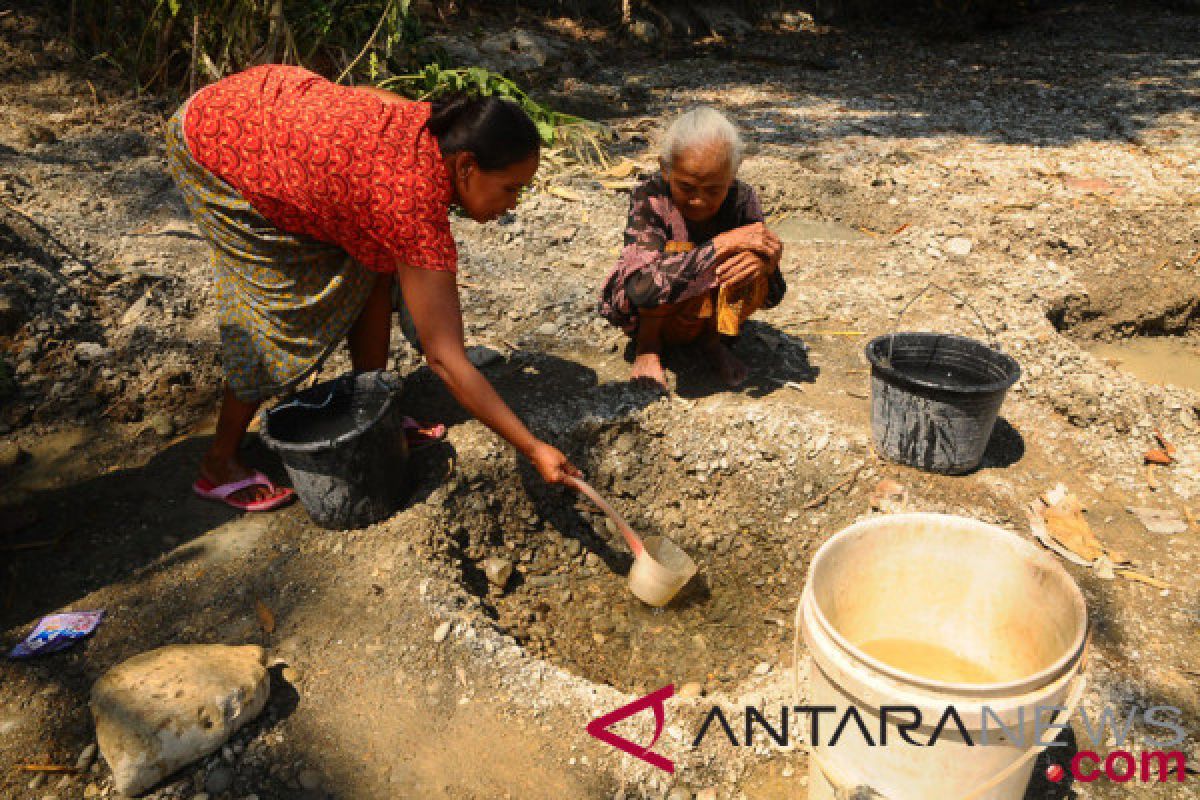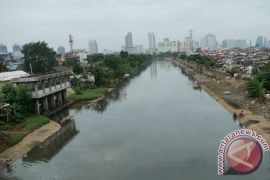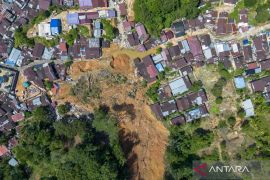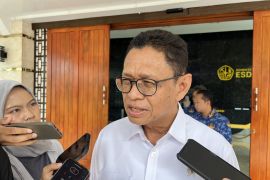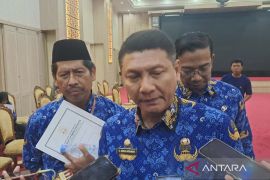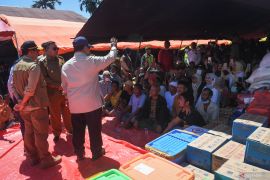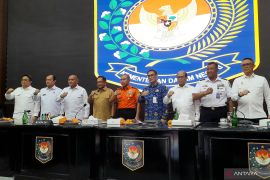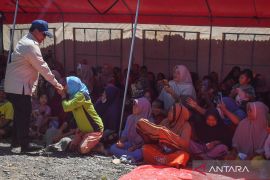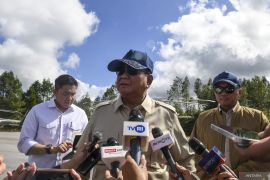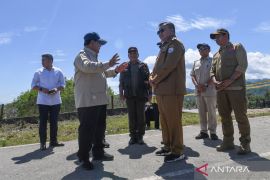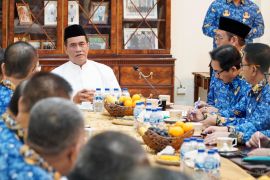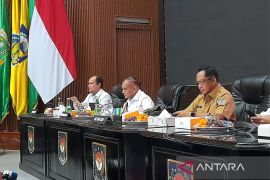There was water crisis in the 30 villages, while 10 other villages in Ngawi faced water shortage, Eko Heru Tjahjono, acting head of the Ngawi disaster mitigation office, said here on Saturday.
Karanganyar is the worst affected by drought, with eight villages facing water crisis. Seven other sub-districts hit by water crisis are Bringin (in seven villages), Pitu (five villages), Krangjati (three villages), Ngawi (two villages), Kedunggalar (two villages), and Padas (one village).
The local disaster mitigation office has supplied clean water to the affected villages, including Cantel and Dumplengan villages in Pitu sub-districts.
Located on the equator line and between Asia and Australia, Indonesia has only two seasons, namely rain and dry. The dry season is usually between March and September, while the rainy season is between September and March.
September is usually the transitional period where rains begin to fall across the country. But, up to Sept 10 this year, many regions remain very dry as there have been no rains for months.
Several regions in Indonesia are currently being hit by prolonged drought, causing water shortages, particularly in West Java, East Java, and East Nusa Tenggara, as well as forest fires in Kalimantan, Java and Sumatra Islands.
The drought hit 4,053 villages in 888 sub-districts located in 111 districts and cities in 11 provinces.
Some 4.87 million people in the country have been affected by this year`s drought, according to the National Disaster Mitigation Agency (BNPB).
"The dry season is forecast to last until September 2018 and will reach its peak during the August-September period. Those islands are hit by the drought almost every year," BNPB spokesman Sutopo Purwo Nugroho noted on Sept 7, 2018.
Reporting by Louis Rika S
Editing by Fardah
Reporter: Louis Rika S
Editor: Bustanuddin
Copyright © ANTARA 2018
